Editor’s note: This story was updated Aug. 31 at 10:30 a.m. to include current Air Force data provided after press time.
Air Force and Space Force leaders this month laid out a new vision for more diversity in the officer corps, aiming to boost the proportion of minority airmen and guardians in fields traditionally staffed by white men.
It’s the first time in nearly 10 years that the Air Force has updated demographic targets for those recruited into its main sources of commissioned officers, like the U.S. Air Force Academy in Colorado.
“Diversity and inclusion are an essential part of our society and key to the success of any organization,” the department said in an Aug. 9 memo cosigned by Air Force Secretary Frank Kendall, Undersecretary Gina Ortiz Jones, Air Force Chief of Staff Gen. Charles “CQ” Brown Jr. and Space Force Chief of Space Operations Gen. Jay Raymond.
RELATED
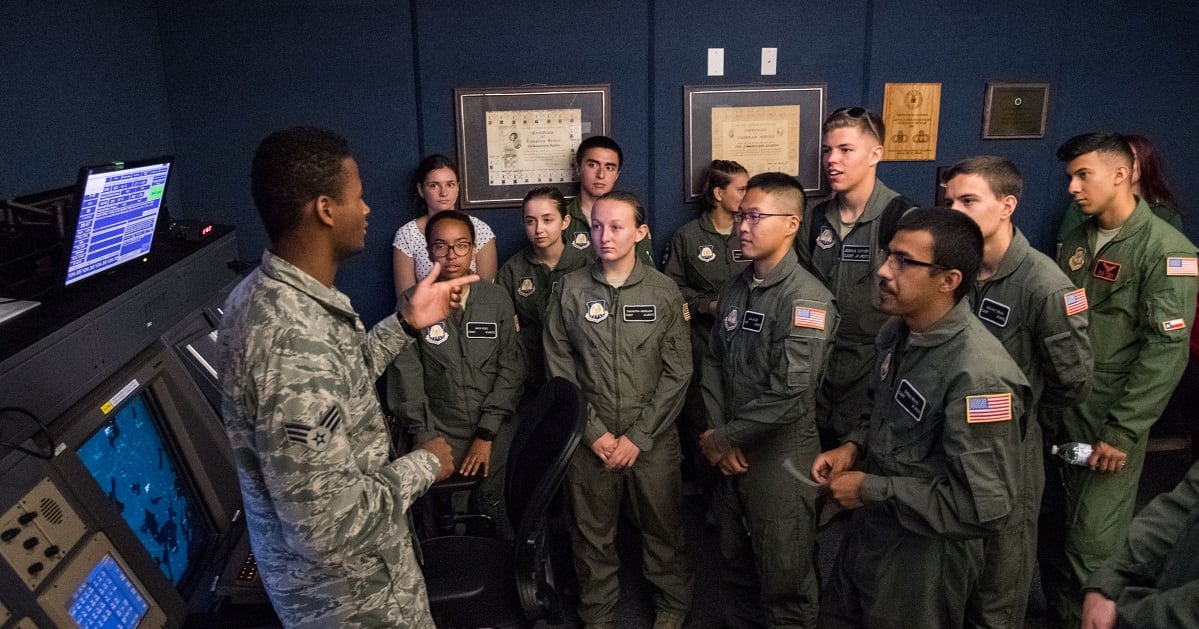
The directive aims to create a “force more representative of our nation,” the memo said. Ultimately, bringing in a broader range of perspectives can foster the new ideas and skills needed to accomplish military missions, they said.
According to the memo, the Department of the Air Force wants its future officer applicants to total:
- 67.5% white (down from the 2014 goal of 80%)
- 13% Black/African American (up from 10%)
- 10% Asian (up from 8%)
- 7% multiracial (no previous goal set)
- 1.5% American Indian/Native Alaskan (up from 1%)
- 1% Native Hawaiian/Pacific Islander (no change)
RELATED
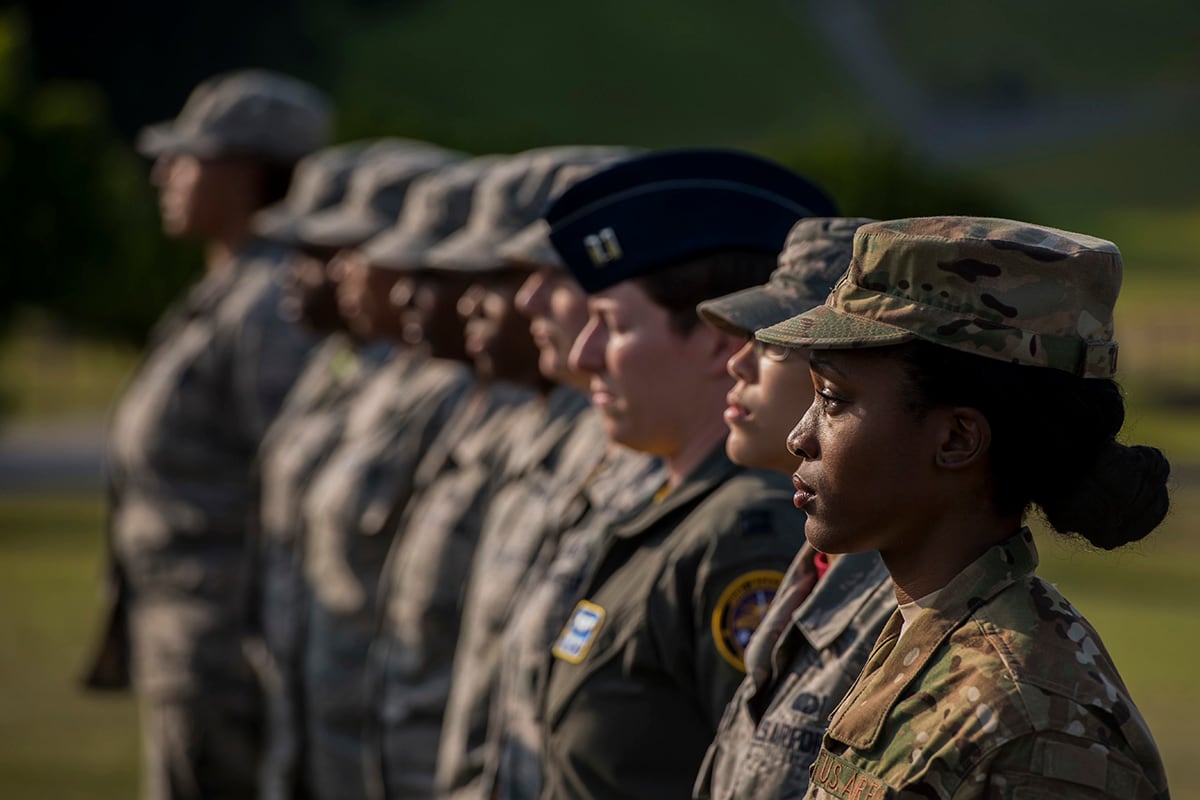
The department also aims for Hispanic or Latino members to comprise 15% of its officer applicants, up from 10% in 2014.
As for gender, it wants an officer applicant pool that is 64% men and 36% women. That aims to slightly even the split from the 2014 goal of 70% men to 30% women.
As of June, just 23% of active duty Air Force and Space Force officers were women, according to the Air Force Personnel Center.
Compared to the U.S. at large, the figures would overrepresent white people by about 10 percentage points and Asians by 4 percentage points, while bringing the Air Force more in line with the national proportion of other races, according to 2020 census data.
RELATED
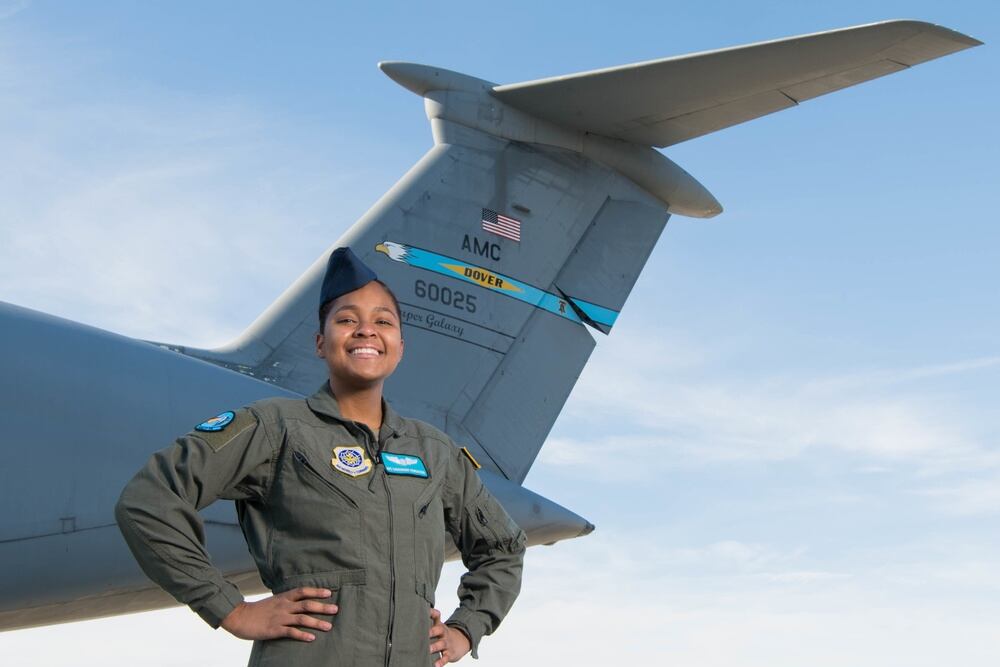
Women, who make up half the country, would still be underrepresented compared to the U.S. more broadly.
The Air Force shaped its recruitment goals using data from the U.S. Census Bureau, research compiled by organizations within the Pentagon and by the federally funded think tank Rand Corp., and other national-level education statistics, said service spokesperson Capt. Tanya Downsworth.
“Applicant pool goals will not necessarily directly result in increasing diversity in our active duty officer corps, though it does represent one small part of how the [Department of the Air Force] is addressing diversity issues across the force,” she said.
Reaching the new targets can gradually contribute to a steep uptick in representation among nonwhite troops, compared to the current composition of Department of the Air Force officers.
RELATED
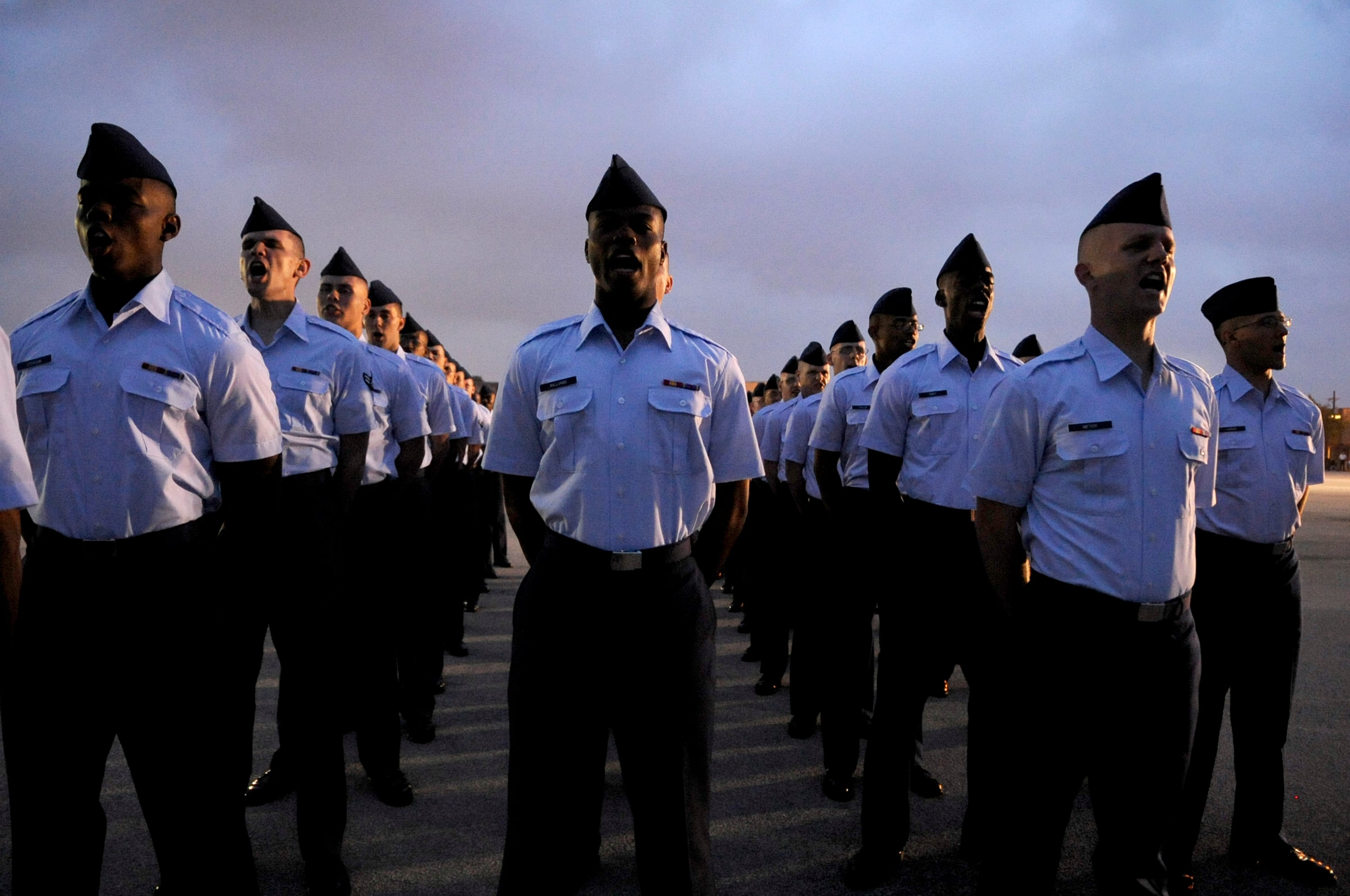
As of Tuesday, the Air Force and Space Force’s 65,090-member officer corps was:
- 76.8% white
- 6.4% Black/African American
- 5.8% Asian
- 3.6% multiracial
- 0.6% Native Hawaiian/Pacific Islander
- 0.5% American Indian/Native Alaskan
About 8% of officers were of Hispanic or Latino ethnicity, the Air Force Personnel Center said Wednesday. Others chose not to report their race or ethnicity.
Further diversifying the officer corps could have ripple effects up the chain of command, particularly among pilots and other rated officers, who are most often promoted to leadership positions and are overwhelmingly white.
It could also start to balance out demographic differences between officers and the enlisted force, which accounts for every eight in 10 airmen and is more diverse than the officer corps. Officers overall are more diverse than the subset of airmen in rated jobs, which includes pilots, combat systems officers and air battle managers.
RELATED
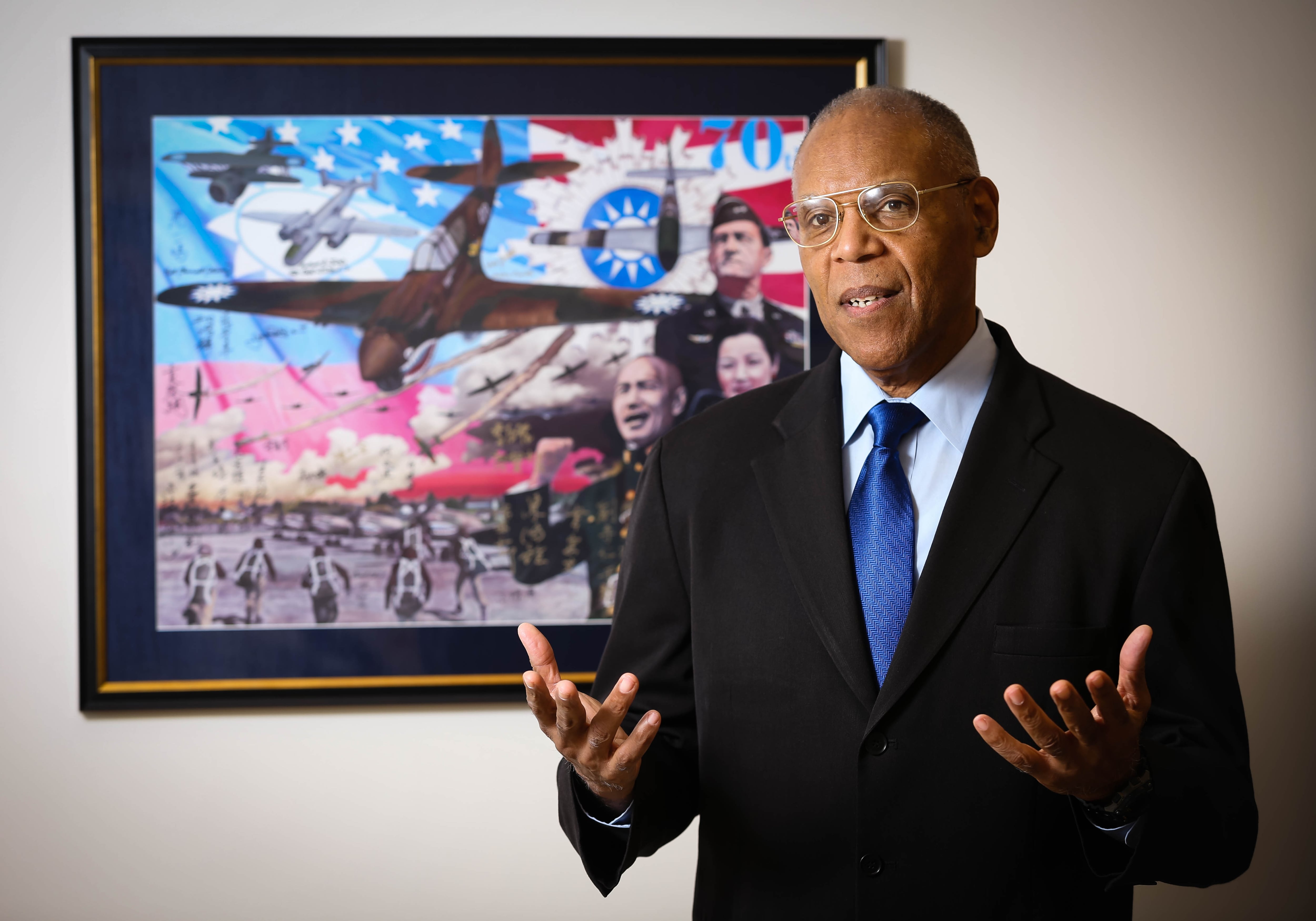
Two years ago, Air Force Recruiting Service boss Maj. Gen. Ed Thomas told reporters the service planned to bring in a more diverse set of applicants, particularly among rated officers. The Air Force did not disclose the figures it wanted to hit.
Now, the Air Force is for the first time setting separate targets for male and female applicants within each racial and ethnic group; for example, aiming for 8.5% Black men and 4.5% Black women. That will help the service see where its attempts at gender parity are falling short, and can lead to higher outreach to underrepresented women of color.
Still, officials haven’t set a date by when they want to reach the new numbers.
Air Education and Training Command — which oversees the collegiate Reserve Officer Training Corps program and the Officer Training School program for college graduates — and the Air Force Academy have until Sept. 30 to hash out a plan to get there, followed by yearly progress reports.
Leaders hope that trying to reach underrepresented groups will boost overall recruitment at a time when interest and admission are waning.
RELATED
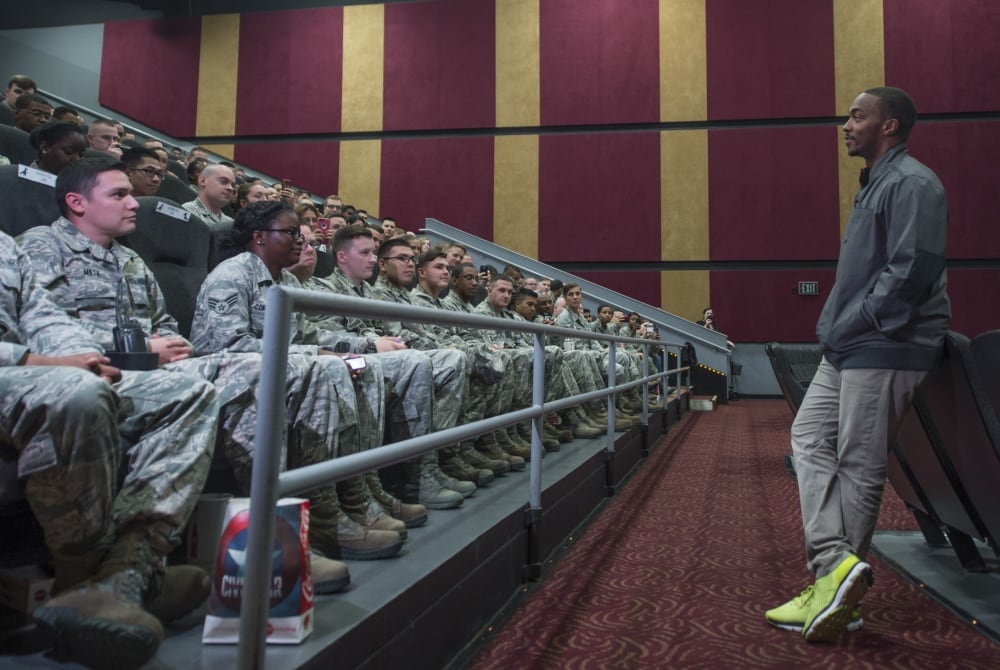
Military officials are careful to say their diversity goals are not quotas — which are illegal — and that they will not turn away applicants for the sake of meeting a particular demographic breakdown. All recruits, regardless of gender, race or ethnicity, have to meet the same standards for entry.
“These goals are aspirational … and will not be used in any manner that undermines our merit-based processes,” the memo said.
ROTC is the largest commissioning source, providing over 40% of new air and space officers. About 23% come from the Air Force Academy, and 20% arrive through Officer Training School. Another 16% join via direct appointment and other means.
RELATED
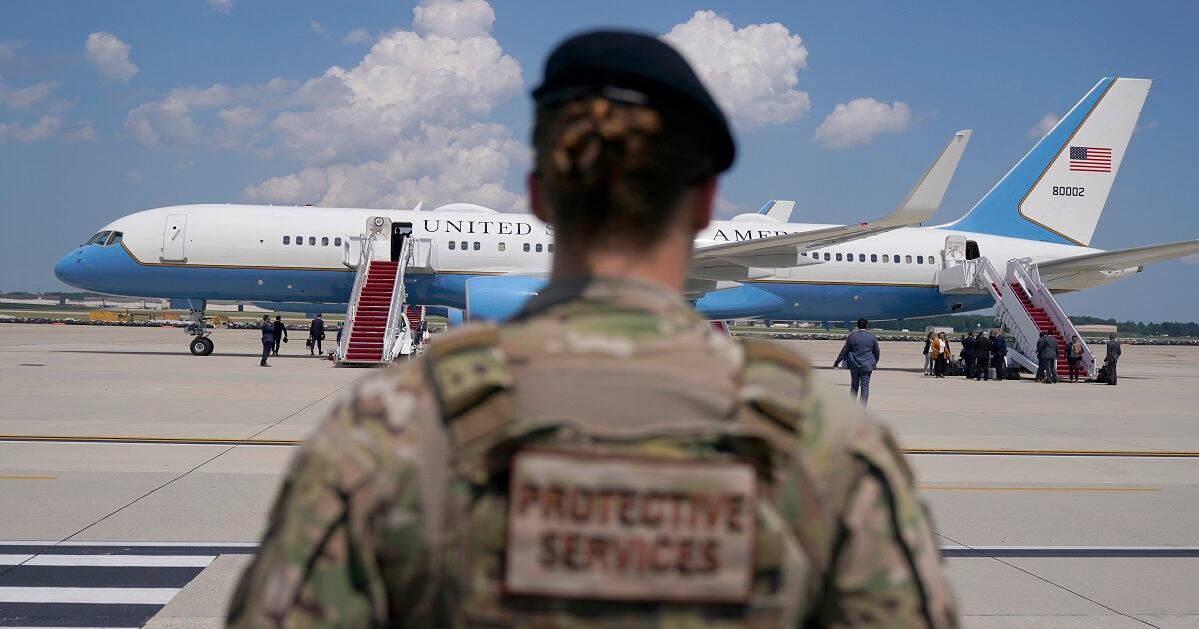
Those commissioning sources can better reflect America’s diversifying youth.
The Air Force Academy has met the applicant benchmarks set in 2014 each year since 2018, while ROTC consistently falls short on Black applicants, according to statistics provided by the Air Force. Though enrollees and graduates end up slightly less diverse, USAFA and ROTC typically remain within 1 percentage point of their goals each year.
For example, of the 973 cadets who graduated from USAFA in May, nearly three-quarters were men. About 70% were white, followed by 11% Asian, 9% Black or African American, 2% Pacific Islander and 1% American Indian or Native Alaskan cadets. Ten percent identified as Hispanic or Latino.
Initiatives to pique interest in commissioning within minority communities are already underway, including more targeted outreach by USAFA’s admissions counselors and ROTC recruiters, and additional ROTC scholarships for freshmen at historically Black colleges and universities.
Rachel Cohen is the editor of Air Force Times. She joined the publication as its senior reporter in March 2021. Her work has appeared in the Washington Post, the Frederick News-Post (Md.), Air and Space Forces Magazine, Inside Defense, Inside Health Policy and elsewhere.





